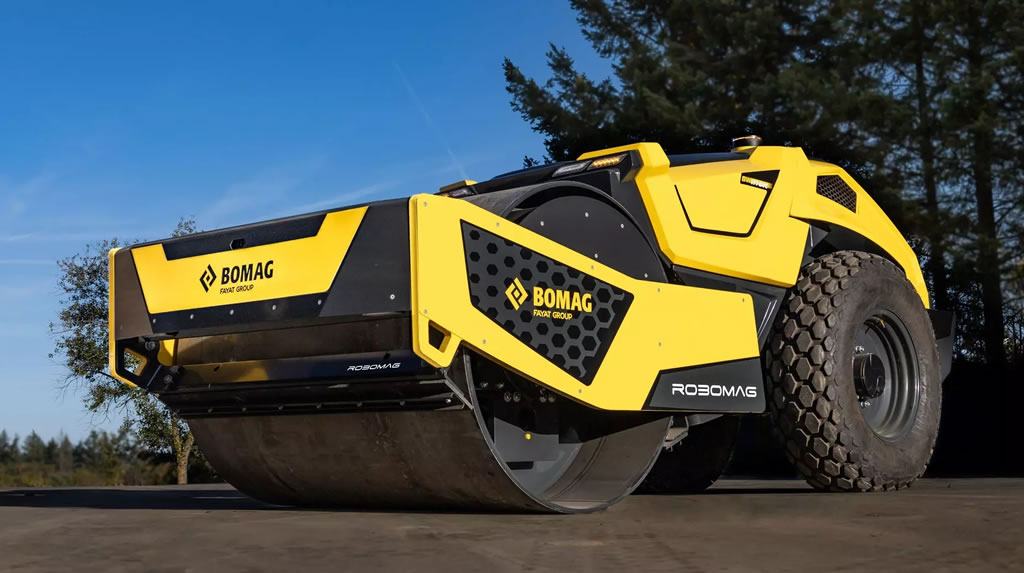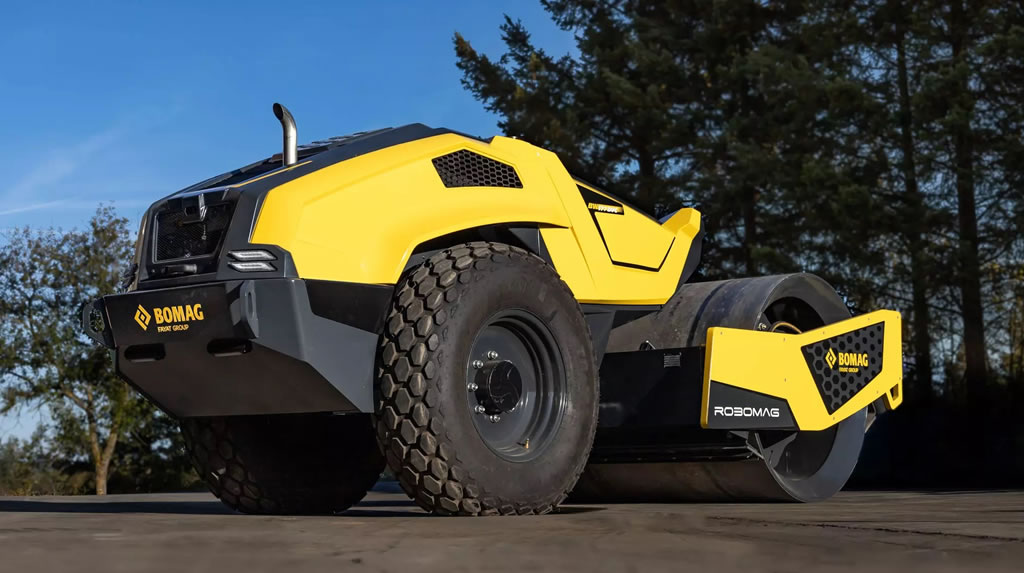The rise of electric autonomous driving cars has been a game-changer in the automotive industry. Autonomous vehicles that can move without human intervention are not yet part of everyday life but are within reach. The autonomous driving roller could be the next evolution in this quickly emerging technology.
An electric autonomous driving roller is a vehicle capable of driving autonomously, similar to an autonomous car. It uses sensors, and a human operator will control the machine without visual contact.
Is an autonomous driving roller a future of road construction? Let’s explore the possibilities of this innovative technology and its potential impact on the industry.
What is an Electric Autonomous Driving Roller?
An electric autonomous driving roller is a self-driving vehicle equipped with heavy rollers that can compact soil and asphalt while moving along.
These vehicles use sensors and cameras to detect any obstacles or uneven surfaces on the ground, allowing them to adjust their speed accordingly. In addition, they can move at different angles and directions, making them suitable for various applications such as road embankments, narrow roads, tunnels, and bridges.
During the 2022 bauma event in Munich, the Bomag company showcased its latest invention, the ROBOMAG BW 177 machine, which is a prototype for single drum rollers. This innovative machine acts as a platform for testing and refining all the necessary subsystems toward achieving complete autonomous operation. Furthermore, its versatility allows for both manual and autonomous control, making it suitable for various construction tasks and site conditions.
The ROBOMAG BW 177 design study was showcased, featuring functional equipment and the Automation Interface, allowing operators to control the machine from a safe distance using the close-range remote control, even in challenging environments.
With the Automation Interface software installed in the machine, the first stage towards full autonomy has been achieved. In the second stage, the machine will be controlled by a human operator without visual contact.
Potential Benefits of Autonomous Driving Rollers
The potential benefits of autonomous driving rollers in the construction industry are numerous. With the ability to operate without direct human input, autonomous rollers could increase safety on construction sites, as workers would be less exposed to potential hazards. Additionally, autonomous rollers could operate more efficiently and consistently, potentially leading to cost savings and faster completion times for construction projects.
Moreover, autonomous rollers could offer more precise control over compaction, ensuring that the road or pavement is evenly compacted and reducing the need for manual corrections. It would result in better-quality construction and longer-lasting infrastructure.
Another benefit of autonomous rollers is that they can operate around the clock without the need for breaks or shift changes. This could lead to faster completion times for construction projects and be especially useful for projects that need to be completed quickly or during off-hours.
Overall, the potential benefits of autonomous driving rollers make them an exciting development in the construction industry and suggest that they could play an important role in the future of construction.
Bottom Line
The autonomous driving roller is an exciting innovation that could revolutionize the construction industry and make it more efficient, cost-effective, and safe. It can be used for a variety of construction tasks and offers several potential benefits over traditional methods.
Although still in its early stages of development, the autonomous driving roller shows great promise. It has the potential to become a major player in future road construction projects. With further refinements to its technology, it may soon become a reality on our roads.
Electric autonomous driving rollers bring a whole new efficiency level to road construction projects previously only imagined. Whether building a new highway or maintaining existing roads, electric autonomous driving rollers will undoubtedly significantly shape our transportation infrastructure over the coming decades.





Recent Comments